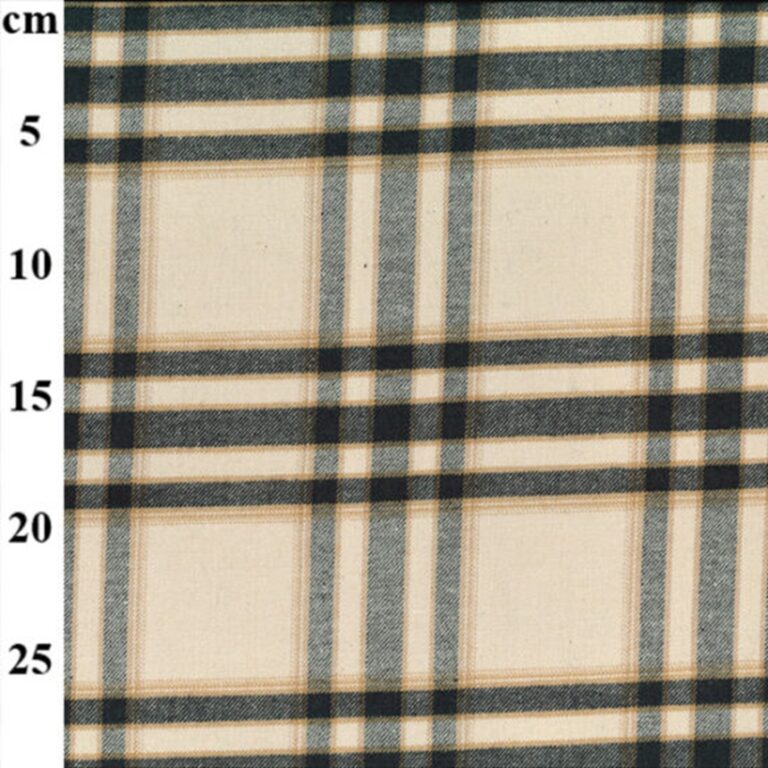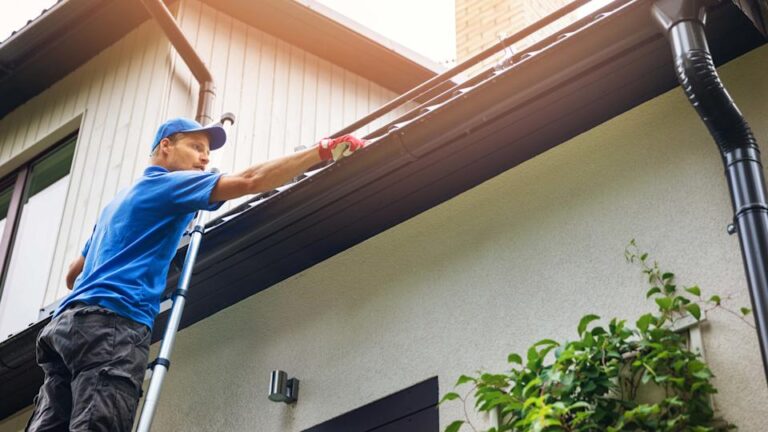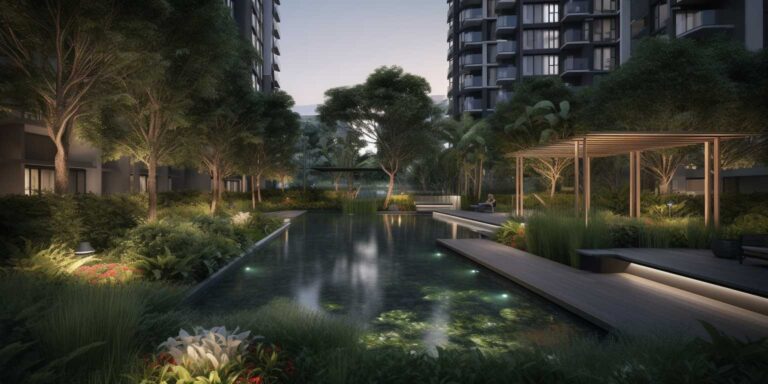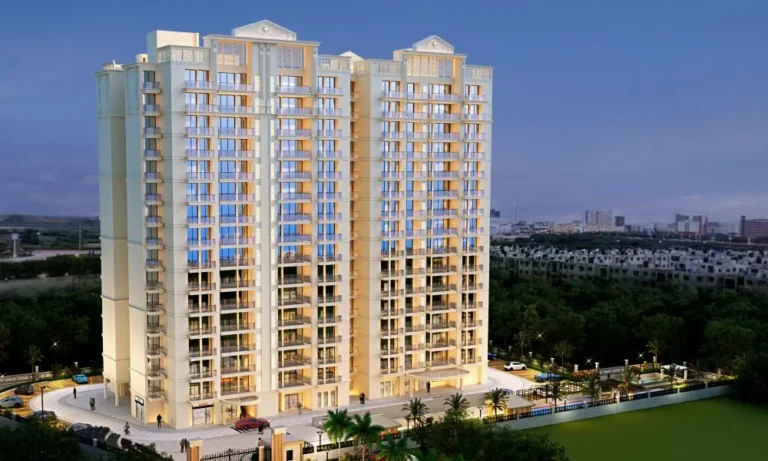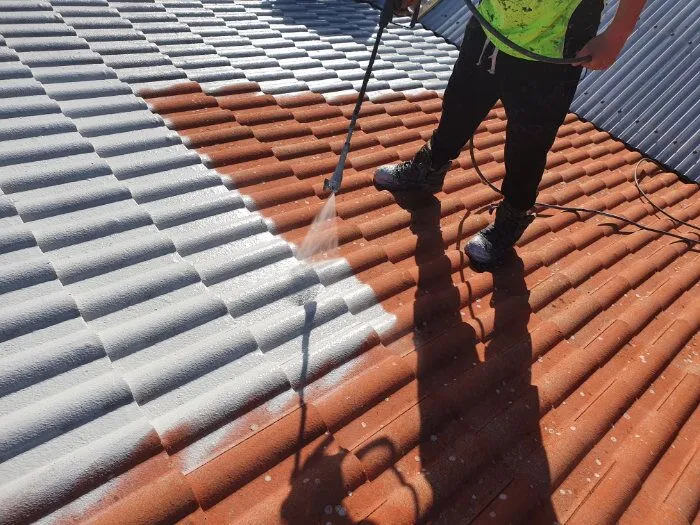
The first area of the house that is exposed to all of the unfavorable weather and environmental circumstances is the roof. The house’s roof serves as the site of direct contact with a variety of environmental elements, including dust storms, sunlight, polluted winds, and rainfall. In addition to adding curb appeal to your house, cool roof paint may protect your roof from the elements.
Choosing the appropriate roof coating paint is crucial if you want to prolong the life of your roof and protect it from potential harm. There are several possibilities for roof paint, including solar reflective paint, rubberized roof paint, heat-resistant paint, and sealant paint. Here’s how to choose the ideal roof painting in Melbourne colour for your house.
1. Roof Painting Purpose
The best roof paint to use depends on what you plan to use it for. The selection is determined by a number of factors, such as the desire to restore a faded color, reduce heat absorption, or provide moisture resistance with a waterproof coating. For example, cool roof paints not only improve appearance but also prevent fungus from growing on roof tiles. You can choose the best product if you know exactly why you want to paint your roof. Selecting the appropriate material guarantees longevity and optimal performance, whether the goal is to improve energy efficiency, boost curb appeal, or strengthen against weathering. To get the best result for your roof, the choosing procedure ultimately entails striking a balance between functional requirements and aesthetic preferences.
2. Roof Paint Type
The kind of paint needed for your home is greatly influenced by the roof that you choose. Different roofing materials require different painting techniques, such as metal, terracotta, concrete, and rubber. Concrete or terracotta tile roofs require sealant paint to increase weather resistance and durability. Rubberized paint formulations, on the other hand, are more suited for rubberized roofs due to their flexible surface. A distinct approach is needed for metal roofs, which usually require priming in order to survive external conditions before applying heat-resistant paint. Choosing the right paint for the material of your roof guarantees long-term weather protection as well as aesthetic appeal, protecting the structural integrity of your house and lengthening its lifespan.
3. Paint Combination
According to painters in Werribee, selecting the ideal paint color for your roof tiles is essential to improving your home’s external appearance. Choosing a color that is not only visually appealing but also has functional advantages is crucial. Think about choosing a shade of color that has many uses, like dust resistance, water resistance, and sun reflectance. This comprehensive strategy guarantees not just visual appeal but also robustness and effectiveness. Furthermore, a well-chosen roof paint color can combine harmoniously with the external walls to create a color scheme that unifies the architectural features. Choosing the perfect roof paint color is ultimately essential to creating a welcoming and eye-catching front for your house.
4. Paint Durability
A high-quality paint job on the roof may endure ten to fifteen years, depending on a number of variables, including the use of paint to lower heat retention and waterproofing. Other considerations include:
- Applying the proper paint application procedures.
- Utilising high-quality paint.
- Priming the roof surface before painting.
It’s also crucial to adhere to the manufacturer’s instructions when using goods like paint for roof leaks, waterproof roofing paint, and terrace cooling paint. For a high-quality roof painting in Melbourne, a number of requirements must be met, including the preparation guide, temperature, drying time, and many more.
Benefits of Roof Painting
1. Increased Roof Life
Even the oldest and most deteriorated roof areas can have their lifespan extended with the right roof coatings. Further details regarding commercial roof coatings are available here. Most damaged panels may be identified and restored by our staff. It does, however, depend on how well the residual insulation holds up.
Using a roof coating adds additional layers of protection in addition to extending the life of the roof. Compared to coatings manufactured two decades ago, those on the market now offer a significantly higher degree of performance. They now assist in protecting your roofing from a variety of possible issues, including weathering and bird droppings.
2. Reduced Debris
Roofing debris accounts for forty percent of construction waste that ends up in landfills, according to a Facilities.Net story from 2012. The painters in Werribee say that safety factor is something else to consider when debris falls from your roof. It is essential that you think about having a roof coating applied if the material on your roof frequently falls off.
A commercial roof can save further construction waste and the need for a complete replacement by applying coatings at the appropriate time. The purpose of the roof coatings is to extend the material’s lifespan by shielding it from inclement weather.
3. Increased Efficiency
Superior roof coatings have been shown to improve building efficiency in terms of energy and heating costs. When roof coating is applied at the appropriate time, the temperature in the roof spaces often drops, which lowers daytime heating expenditures. Not to mention that it raises morale and comfort levels among staff members!
4. Visual Improvements
It doesn’t seem good to leave an older, aging, and maybe unsafe roof unchecked. Commercial-grade roof coatings guarantee that the roof area of your building will always be aesthetically beautiful.
You can choose from a variety of colors for your roof coatings, which will assist in preserving the overall aesthetic of your building. We advise considering on-site spraying in addition to roof coatings if you are considering remodeling the house since you recently moved in or altering the brand’s image.
Conclusion
Selecting the right roof paint is crucial for both aesthetic appeal and protection. Prioritize quality, consider climate factors, opt for UV-resistant options, ensure compatibility with your roof material, and seek professional advice for optimal longevity and performance.


